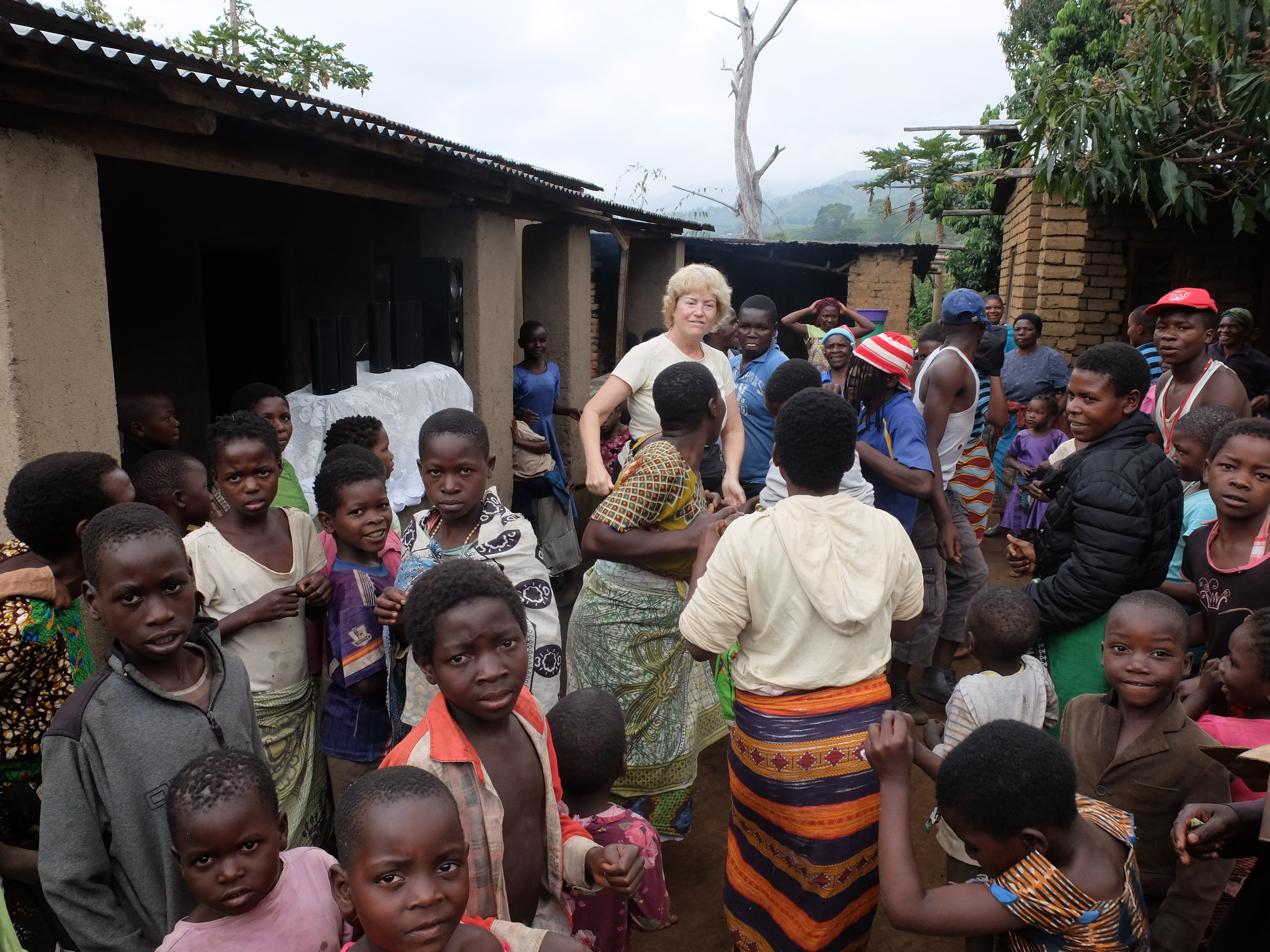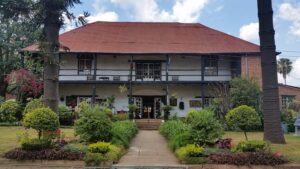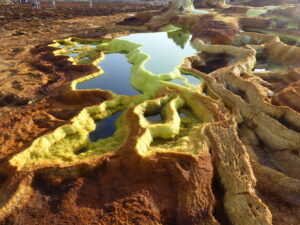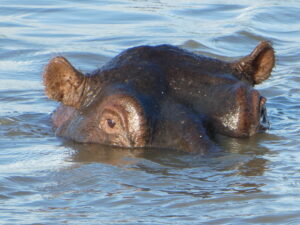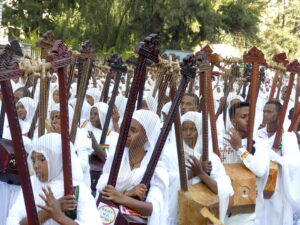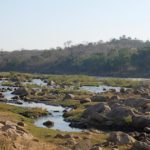
Most people think…central Africa, grasslands, savanna, big animals. Southern Malawi had its share of this. Though other countries might get the headlines for big animal wildlife, you can still see plenty in this small country…and besides you can never see it all in one location.
For the nature of wildlife, well, in the wild, is that you never know what you’re going to see. Ranger guides ask, what are you looking for; and visitors typically respond by saying lions or leopards or rhinos, the so called “big” animals.
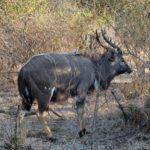
Yet, even if you keep going on safari after safari, you can’t count on anything. This principle is especially true at night, when we saw a few antelopes and jackals in Majete Wildlife Reserve, while others found a prowling lion.
At Majete, we felt fortunate to see new antelopes and other animals we had not seen during the prior months in other places, or in unusual combinations especially at watering holes.

There were the kudu antelope with their magnificent twisting horns and the great eland, the largest of the antelopes around here, whose horns form a corkscrew in the middle. And Nyala antelope, with its shaggy mane, rich dark coat, and such cute legs.
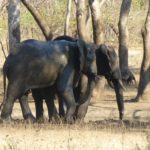
Our only sighting of an elephant in Rwanda was a grumpy old outsider shunned by the herds. At Majete, we saw over a dozen elephants taking mud baths, roaming about for food, or here finished drinking at a waterhole. And then at Liwonde, dozens and dozens more in family groups.
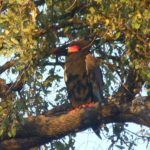
Plus there are always new and different birds to see, from the spectacular like the Bateleur to the rare, like the turkey-like Ground Hornbill.
Or there are moments of drama. On a river safari, we saw a gathering of a waterbuck (the big one with a distinctive rear end target), a squatting babboon, and a very tentative bushbuck.
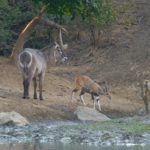
Thirsty bushbuck dares a crocodile, with audience
The normally skittish bushbuck thirstily stepped toward the water, where a nearly invisible crocodile lurked at the water’s edge. The waterbuck and babboon waited to see what happened, as crocodiles do leap from the water and grab antelopes for food. If you’re worried, however, in this case nothing happened.
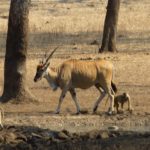
In another incident, by contrast, we witnessed the grabbing of a bushbuck youngster by a large male baboon, who hauled the child up into a tree despite the aggressive butting and chasing by the parents. Up there, the baboon began to eat the bleating youngster before retreating with it to a more protected spot where other baboons came to fight over the carcass.
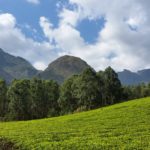
But the landscape in any African country offers so much more variety of terrain, ecology and animal life than this. Aside from Majete, southern Malawi offers hilly highlands and granite mountains rising as high as 3000 meters (10,000 feet).
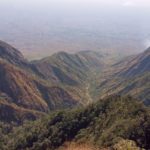
Unprotected for years, these areas showed us plenty of timber cutting (and wisely replanting), tea plantations and (Australian) eucalyptus growing. And on the eastern border with Mozambique there is elongated Lake Malawi, a huge stretch of fresh water beaches, fishing villages and underwater charmers, the tropical-colored cichlids.
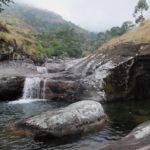
Despite the human incursions, the primal landscape still reveals itself again and again, whether in the many pools hollowed out from water flowing down the granite surfaces at Mt. Mulanje or the ancient crevasses connecting the high plateau to the plains in Zomba.
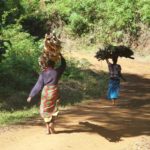
And the infectious spirit of the highland villagers comes through as well. There is so much hard work, as with the heavy cut timbers and kindling collections we saw carried atop villagers heads – men, women and children, gleaning from the mountains. So when it’s time to relax, the villagers let it all go. During a hike, the residents of one village invited us to join them for sweet beer (made from corn) and surprisingly erotic dancing.
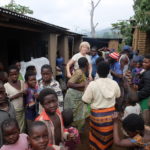
The village was celebrating the maturity of their young women with an initiation ceremony, followed by a five-day retreat to instruct them about motherhood, adulthood and communal responsibilities.
Across Africa, you can never see all the richness of animal life and terrain and culture, no matter how many village visits and safaris you do. That’s the delight of continuing to explore, to look.
(Also, for more pictures from Malawi, CLICK HERE to view the slideshow at the end of the itinerary page.)


